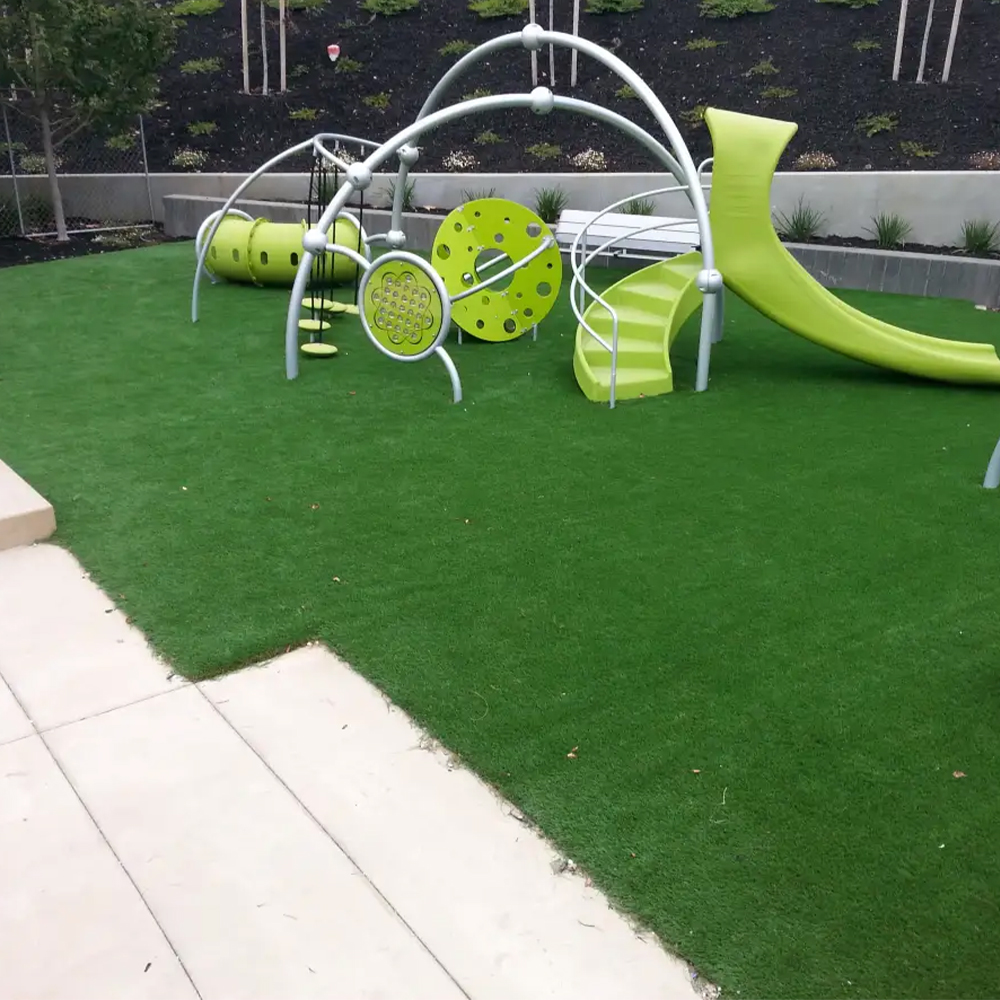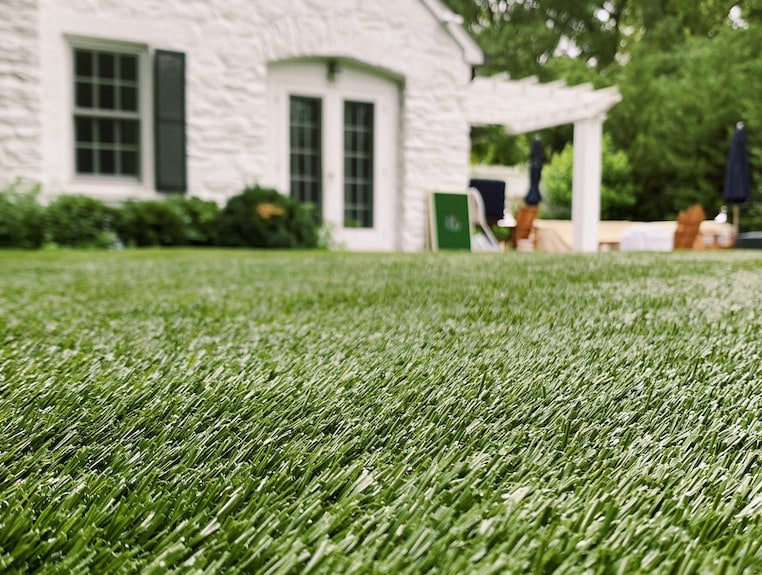Transform Your Yard with Expert Turf Installation Phoenix AZ Services
Transform Your Yard with Expert Turf Installation Phoenix AZ Services
Blog Article
Look Into the Environmental Benefits of Opting for Synthetic Grass Solutions
The adoption of man-made turf options presents a compelling possibility to address pushing ecological difficulties. By dramatically lowering water use and minimizing the application of unsafe chemicals, these alternatives not only promote sustainable landscaping however additionally protect local ecological communities.
Water Conservation Advantages
One of the most substantial benefits of synthetic grass is its capability to save water. Standard yard yards need considerable watering, particularly in locations prone to drought or water limitations. On the other hand, synthetic grass does not require watering, significantly minimizing the total need for water resources. This feature is especially helpful in deserts where water deficiency is a pressing issue.
By getting rid of the demand for regular watering, synthetic grass adds to lasting landscape practices and assists alleviate the environmental influence of excessive water usage. Additionally, the preservation of water includes the decrease of drainage, which can bring about dirt disintegration and river air pollution.
Furthermore, the setup of fabricated grass permits property owners and municipalities to allocate water resources a lot more successfully, focusing on necessary usages such as drinking water and agriculture. The change in the direction of synthetic grass not only promotes responsible water usage yet likewise straightens with wider environmental objectives intended at preserving natural sources.
As areas increasingly prioritize sustainability, the water conservation advantages of fabricated grass offer an engaging instance for its adoption in domestic and commercial landscaping jobs.
Minimized Chemical Use
The change to synthetic grass substantially decreases the dependence on chemical treatments frequently used in all-natural turf upkeep. Conventional lawn administration generally entails the application of fertilizers, pesticides, and herbicides to promote growth and control insects. These chemicals can position risks to human health and wellness, neighborhood wildlife, and the atmosphere, adding to soil and water contamination.
In contrast, synthetic lawn eliminates the need for these unsafe materials. As soon as installed, it calls for marginal maintenance, mostly containing regular cleaning and infrequent infill replenishment. This reduction in chemical use not just benefits the prompt setting yet likewise contributes to wider ecological security. By lessening the launch of synthetic substances into the environment, synthetic grass advertises much healthier soil and water supply.
Moreover, the absence of chemical overflow connected with synthetic grass installations helps shield local waterways from air pollution, supporting marine life and keeping biodiversity. Phoenix turf companies. As areas increasingly focus on lasting methods, choosing for fabricated grass offers a feasible solution that lines up with environmental conservation goals. Via this shift, homeowner can appreciate lush environment-friendly rooms without compromising ecological health, paving the method for a much more sustainable future
Lower Carbon Impact

Moreover, the installation of synthetic grass can lead to significant water conservation. All-natural yards call for substantial amounts of water for watering, which not just adds to the carbon impact connected with water extraction and therapy yet also strains local water sources. In comparison, synthetic grass needs marginal upkeep, calling for no watering, consequently dramatically reducing water use and its connected energy prices.
In addition, the durability of synthetic grass contributes to its decreased carbon impact. With a lifespan of up to 15 years or more, the requirement for regular replacements is diminished, resulting in less waste and lower energy intake in production and dealing with typical yard alternatives. Generally, synthetic grass offers a sustainable choice for eco aware landscape design.
Habitat Conservation
Habitat conservation is an important factor to consider in the dispute over landscaping choices, particularly when contrasting fabricated lawn to all-natural yard. All-natural yard lawns frequently require substantial maintenance, including making use of herbicides, pesticides, and fertilizers, which can negatively affect neighborhood environments. These chemicals can seep into the soil and waterways, damaging indigenous flora and animals and disrupting regional habitats.
Man-made grass gets rid of the need for hazardous chemicals, thereby shielding nearby wildlife and keeping the stability of surrounding communities. The setup of artificial grass can lead to the conversion of former lawn locations into even more biodiverse landscapes, such as pollinator yards or native plant areas, which can support local wildlife.
Inevitably, the change to artificial lawn not great site only preserves water and minimizes upkeep initiatives however also cultivates a much more harmonious relationship in between human tasks and the all-natural environment, advertising habitat preservation at the same time.
Long-Term Sustainability
Lasting sustainability is an essential factor in examining the benefits of fabricated lawn over standard grass lawns. One of the most considerable advantages of fabricated grass is its sturdiness; it can last as much as 15-20 years with marginal upkeep, whereas natural lawn needs frequent reseeding and replacement. This durability lowers the requirement for continuous sources, such as water, plant foods, and chemicals, which are vital for maintaining a healthy and balanced turf yard.
Furthermore, synthetic grass contributes to a reduction in carbon discharges related to yard treatment equipment. Conventional yards usually need gas-powered lawn mowers, trimmers, and blowers, all of which add to air pollution. Arizona artificial turf. On the other hand, synthetic grass removes the requirement for such equipment, promoting a cleaner environment
Additionally, the production of synthetic grass significantly uses recycled materials, enhancing its sustainability profile. As suppliers embrace environment-friendly methods, the environmental impact of man-made turf remains to reduce.

Conclusion
The adoption of synthetic grass options presents substantial environmental benefits, consisting of considerable water preservation, reduced reliance on hazardous chemicals, and a reduced carbon footprint. In addition, synthetic grass help in preserving all-natural environments by decreasing land disruption and promoting long-term sustainability with using resilient materials. Collectively, these variables emphasize the capacity of fabricated lawn to contribute favorably to environmental wellness and provide a practical choice to traditional landscape design practices in a progressively resource-conscious world.
In comparison, fabricated turf does not need watering, substantially decreasing the total need for water resources. By reducing the release of artificial substances right into the community, artificial lawn promotes much healthier soil click to investigate and water systems.
In addition, the installment of artificial grass can result in significant water conservation. In comparison, artificial grass needs very little maintenance, needing no watering, therefore dramatically decreasing water use and its linked power costs.

Report this page